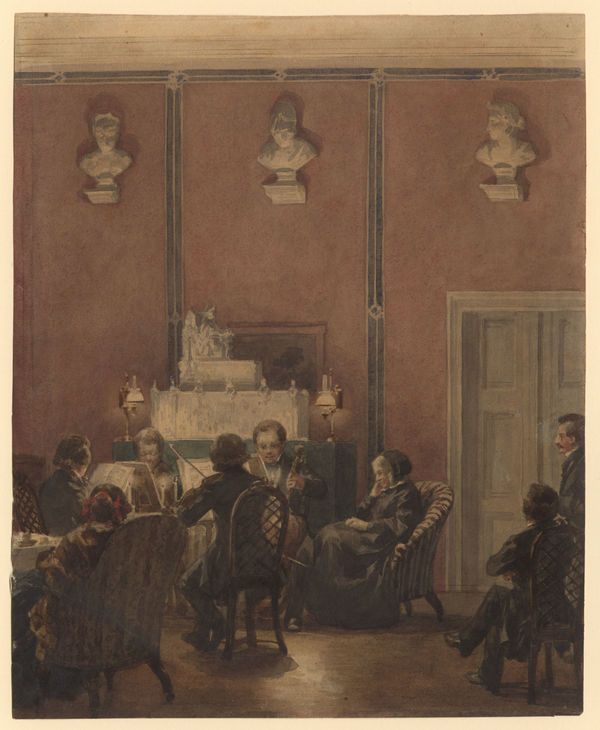
Katharina Uhde, violin
R. Larry Todd, piano
This lecture and performance demonstration explores Joseph Joachim (1831-1907) in relation to two cipher compositions, the F-A-E Sonata (1853), a joint composition by Albert Dietrich, Brahms, and Schumann and “Abendglocken” Op. 5 (1853) by Joachim. We ask how these cipher pieces express an aesthetic of inwardness. We investigate the intimate setting of the salon for which these pieces were composed. The joint work was first performed in Schumann’s house in Düsseldorf, the latter in Hannover. Although no performance of these pieces is documented in Berlin, Bettine von Arnim’s salon “In den Zelten” was one of Joachim’s most cherished performance venues. Here he regularly saw Gisela von Arnim, with whom he had fallen in love in 1852. Concerning the FAE Sonata’s
Free and open to the public.